How To: Create a Content Calendar
We’re big fans of creating and utilizing content calendars as a guide to tactics for our clients. Ideally, you start this document in January for the biggest return on investment. However, even if it’s June, starting the calendar at any point in the year will give you important information for the year following.
Creating an excellent content calendar, and carving out the space to use it, absolutely takes time and effort. Trust that the process will save you time and give you valuable information for future decisions. Use this step-by-step guide to get started and feel confident that your message will be cohesive, well-planned and highly effective.
Step 1: Create Your Template
List all available platforms and tactics in rows and list the months of the year on your columns. Don’t forget to list things like direct mail or public relations or event promotions that might not occur every month but are extremely important with a need for long lead planning. We also like a row for national day of/holidays for easy reference.
Step 2: Add the Details
Don’t be afraid to dive right in and start adding details. We recommend starting with your biggest promotional efforts like completed projects, events, series, new product launches and the like. Know that this calendar will evolve and gain satisfaction from putting ‘pen to paper’ and starting with what you know in the moment.
Step 3: Share
Share your content calendar with your entire staff. Ideally you have a strategic business and marketing plan to tie back your tactics and content to goals, objectives and mission and vision. Ensuring that your staff have access to this document will aid in curating a cohesive brand message across all platforms and in everyday business.
Step 4: Measure
One highly important element to a content calendar is how you are measuring the success of your tactics. We like to include an ‘engagement’ tab on our calendar documents that detail website traffic, information pulled from Google Analytics to measure QR code uses or ad clicks and social media engagement numbers. We recommend starting simple with measurement so you actually do it, and so you have access to quantify what works and what doesn’t.
Step 5: Use and Iterate
Like we said, a good content calendar evolves throughout the year. To truly gain from this method of planning, you’ll need to regularly reference the calendar to make changes and additions. If you can keep up with the maintenance of this tool, it will continue to serve for planning into the future.
Extra Points: Add links!
If you want to get fancy, we recommend adding links to your content calendar. Links may include references to a social media scripting document, ad or collateral creative, public relations placements or events on your website. Taking this extra step can save you time and makes the content calendar an easy-to-use reference for all.
Oh and hey- if this process feels daunting or impossible, you can always call Bold Story for collaboration!

